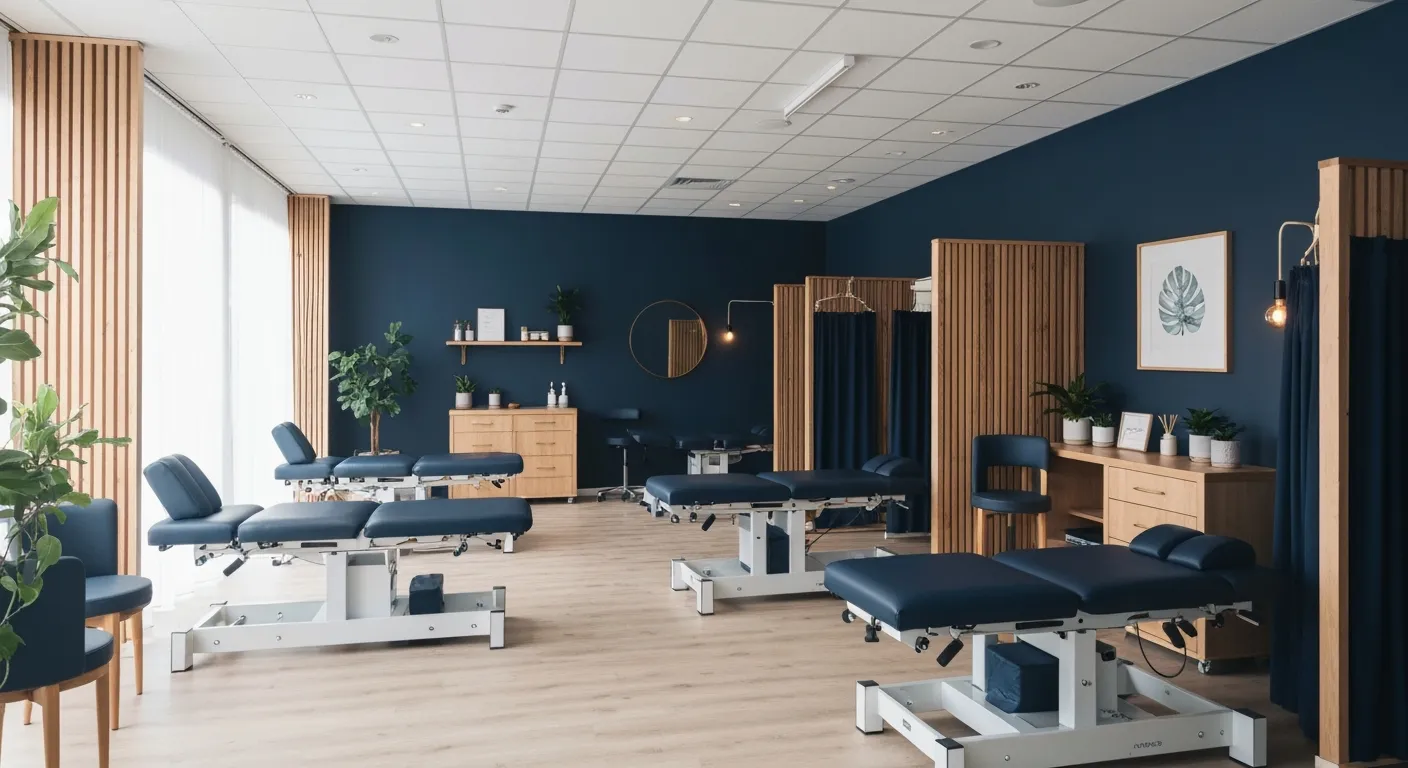How Bodywork Can Support Digestive and Gut Health
August 28, 2025
7 min

Unlocking the Gut-Body Connection
Digestive health is crucial to overall well-being, yet many face persistent gut issues such as bloating, constipation, and discomfort. Bodywork methods, including massage, reflexology, yoga, and physical activity, offer a natural way to support digestive function and gut health. By exploring the evidence and mechanisms behind these therapies, we uncover how gentle touch and movement can foster a healthier digestive system and restore balance between the brain and gut.
Benefits of Bodywork for Digestive and Gut Health

What are the benefits of bodywork, such as massage and reflexology, for digestive and gut health?
Bodywork therapies, including massage and reflexology, are effective ways to support the health of your digestive system. These practices promote better blood flow to the digestive organs, which helps them function more efficiently. Improved circulation ensures that nutrients are absorbed properly and waste products are eliminated effectively.
Massage, especially focused abdominal techniques, can directly stimulate peristalsis—the muscle contractions that move food through the digestive tract. This can relieve issues like constipation and gas. Gentle touch combined with diaphragmatic breathing during massage also activates the vagus nerve, a vital nerve connecting the brain to the gut. This activation boosts gut motility, helps regulate digestive enzymes, and reduces inflammation.
In addition to stimulating circulation and peristalsis, bodywork encourages the lymphatic system to drain toxins from the abdomen. Better lymphatic drainage reduces bloating and supports immune health. Massage helps to relax tense abdominal muscles, easing muscular guarding caused by stress, and allowing for deeper, more effective breathing, which is essential for digestion.
Reflexology, which involves applying pressure to specific points on the feet linked to different organs, encourages relaxation and energetic balance within the body. It can specifically stimulate the stomach reflex zone, aiding in digestion and reducing symptoms like bloating and indigestion.
Most importantly, bodywork activates the parasympathetic nervous system—the resting and digesting state of your autonomic nervous system. This state is crucial for digestion because it enhances nutrient absorption and nutrient processing, while lowering stress hormones such as cortisol that can disrupt gut function.
Overall, regular bodywork practices foster a calmer nervous system, promote healing, and reduce stress-related digestive disturbances, leading to healthier gut function and improved overall well-being.
Techniques and Mechanisms Enhancing Digestion Through Bodywork
Bodywork practices, including abdominal massage, yoga, breathing exercises, and acupuncture, can significantly support digestive health by stimulating the body's natural mechanisms. Abdominal massage techniques, especially in a clockwise motion, directly target the gut, promoting peristalsis—the rhythmic muscle contractions moving food and waste through the digestive tract. This helps alleviate constipation and bloating by encouraging efficient bowel movements.
Yoga poses such as Child's Pose, Seated Twist, and Wind-Relieving Pose massage abdominal organs gently, reduce stress, and promote relaxation of digestive muscles. These positions enhance circulation and help relax tension in the abdomen, fostering a better environment for digestion.
Breathing exercises like diaphragmatic or box breathing stimulate the vagus nerve, a critical part of the parasympathetic nervous system, which governs 'rest and digest' functions. Improved vagal tone helps regulate gut motility, increase enzyme production, and reduce inflammation, leading to a healthier gut environment.
Engaging in activities like walking after meals can also support digestion. This light activity stimulates the vagus nerve and encourages gastric emptying, reducing symptoms such as acid reflux, gas, and discomfort.
Acupuncture and related techniques influence neural pathways, neuropeptide release, and the autonomic nervous system to help improve gastrointestinal motility, strengthen the gut barrier, and modulate brain-gut interactions. These interventions can alleviate symptoms related to irritable bowel syndrome (IBS), inflammatory bowel disease (IBD), and general dysmotility.
In addition, focusing on reducing stress and muscle tension through these bodywork practices plays a vital role. Chronic stress impairs gut function by disrupting the autonomic nervous system balance, decreasing enzyme secretion, and slowing gut transit.
In summary, the combination of abdominal massage, mindful movements from yoga, breathing techniques, physical activity, and acupuncture works synergistically to enhance parasympathetic activity, stimulate peristalsis, improve neural communication via the vagus nerve, and ultimately support a balanced and healthy digestive system.
| Technique | Primary Effect | Additional Benefits |
|---|---|---|
| Abdominal massage | Stimulates peristalsis | Relieves tension, improves circulation |
| Yoga & stretching | Relaxation & organ stimulation | Reduces bloating, enhances mobility |
| Breathing exercises | Vagus nerve activation | Lowers stress, boosts enzyme secretion |
| Walking post-meals | Promotes gastric emptying | Reduces reflux and discomfort |
| Acupuncture | Neural regulation & motility | Improves gut barrier, alleviates symptoms |
Specific Bodywork Practices That Boost Gut Health
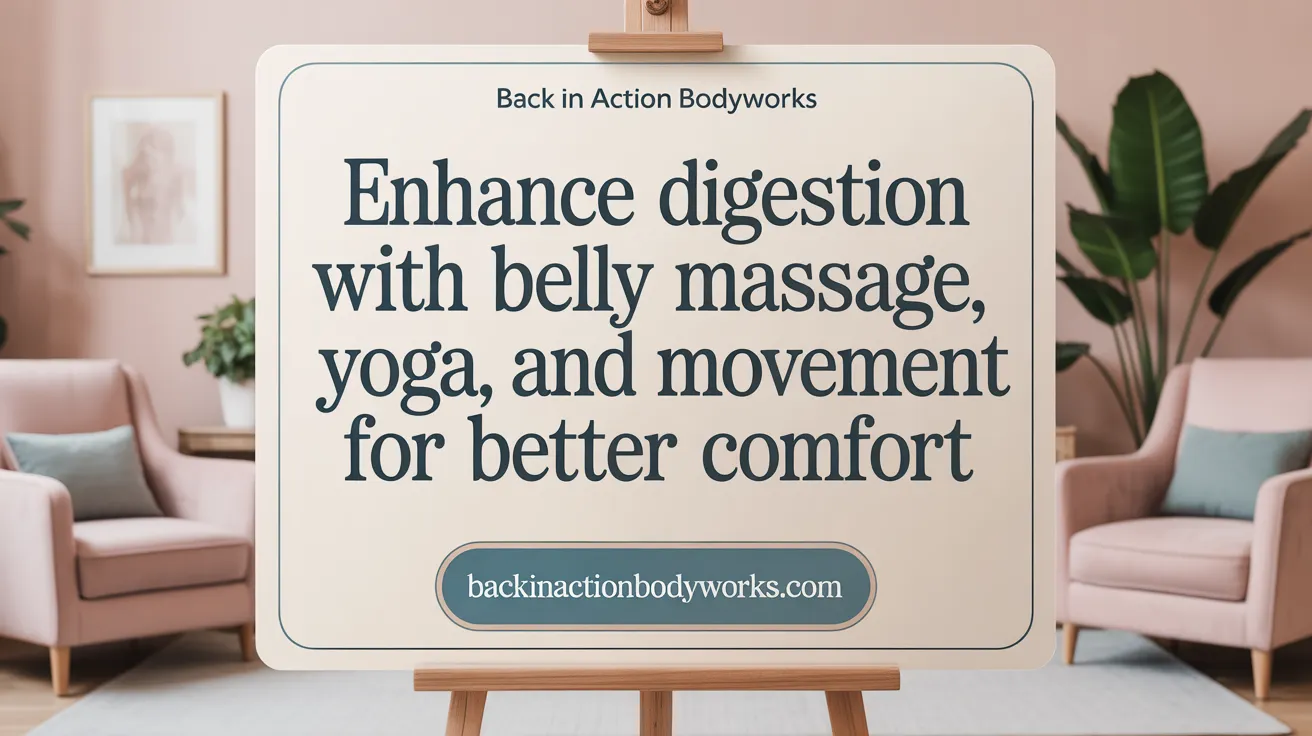
How do specific bodywork practices like belly massage, yoga, and physical activity enhance gut health?
Various bodywork techniques are effective in supporting digestion and maintaining a healthy gut. Belly massage, especially when done in a gentle, clockwise motion, stimulates blood flow to the digestive organs, encouraging peristalsis—muscle contractions that move food through the digestive tract. This can significantly reduce constipation and bloating.
Yoga poses also play a crucial role. Poses like Child’s Pose, Forward Fold, and Wind-Relieving Pose gently massage abdominal organs, promote relaxation, and boost circulation. Deep breathing exercises such as diaphragmatic breathing stimulate the vagus nerve, which connects the brain and gut, enhancing gut motility and encouraging the rest-and-digest response.
Physical activities like walking, cycling, and core strengthening exercises further support gut health. Moving after meals helps stimulate digestion by encouraging peristalsis and reducing symptoms like acid reflux and gas. Regular exercise also improves blood circulation, delivering more oxygen and nutrients to the gut, which helps maintain a healthy microbiome.
Together, these practices help reduce stress, relax tense muscles, stimulate digestive movements, and support overall gut function. By fostering a calm nervous system and improving circulation, belly massage, yoga, and physical activity work harmoniously to promote optimal digestion and gut health.
| Practice | Main Benefits | Additional Details |
|---|---|---|
| Belly massage | Stimulates peristalsis, reduces bloating and constipation | Proper technique recommended by professionals |
| Yoga poses (Child’s Pose, Wind-Relieving) | Massage organs, improve circulation, relax abdomen | Often combined with deep breathing |
| Walking and light exercise | Enhances digestion, regulates bowel movements | Recommended post meals to stimulate digestion |
| Core strengthening exercises | Support abdominal organs, promote effective digestion | Includes planks, Pilates, leg raises |
Engaging in these practices regularly can lead to noticeable improvements in digestion, reduction of discomfort, and overall gut health.
More info
Search Query: belly massage yoga and exercise for gut health
The Role of Relaxation and Stress Reduction in Digestive Wellness
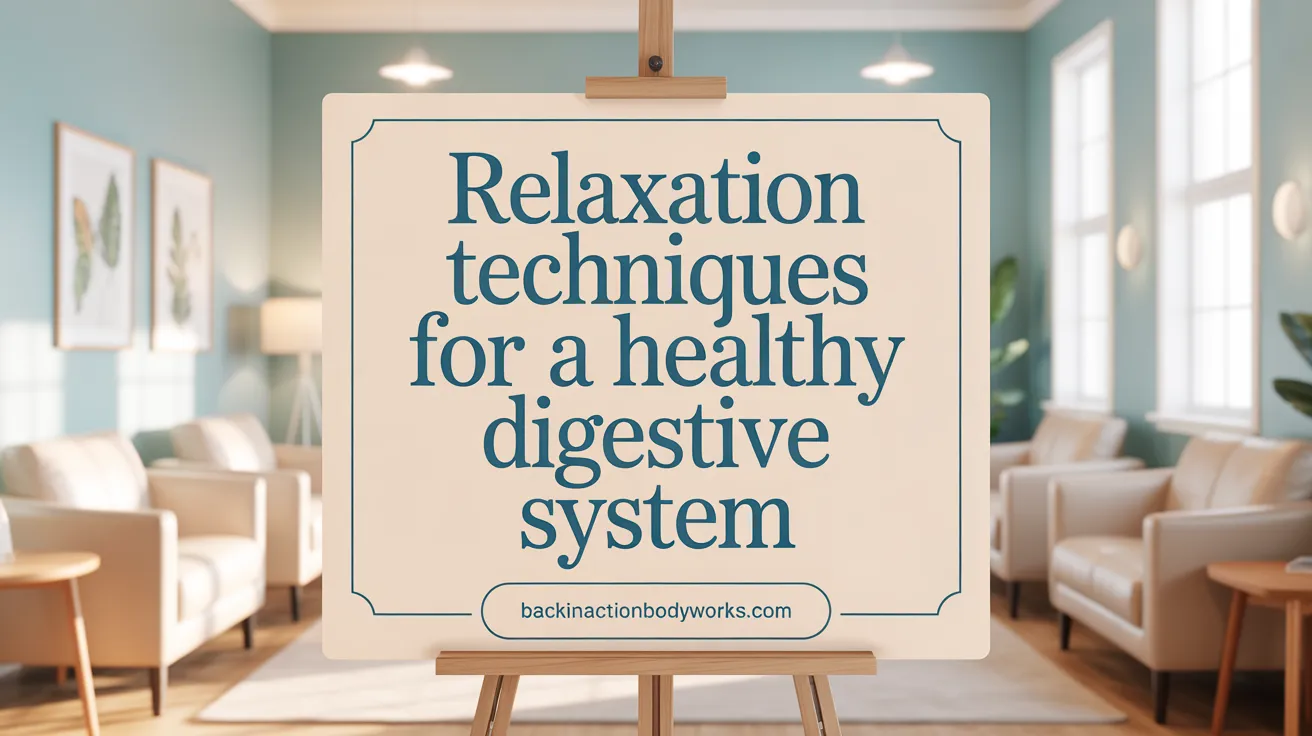
What is the relationship between relaxation, stress reduction, and improved gut health through bodywork?
Relaxation techniques and stress-reducing practices like massage therapy, yoga, and relaxation therapy directly influence gut health by activating the parasympathetic nervous system. This part of the nervous system is responsible for 'rest and digest' functions, promoting proper digestion, nutrient absorption, and overall gut function.
When bodywork techniques such as abdominal massage or reflexology are performed, they help calm the nervous system, reducing stress hormones like cortisol. This relaxation support stabilizes the gut-brain axis—a communication highway linking the brain and gastrointestinal tract—restoring its balance.
As a result, symptoms like nausea, diarrhea, and abdominal discomfort often associated with stress and anxiety can diminish. Lowered stress levels also help maintain the diversity and health of gut microbiota, reducing the risk of stress-induced gut issues such as irritable bowel syndrome (IBS).
Considering that the brain and gut are interconnected via the enteric nervous system and the vagus nerve, improvements in mental well-being directly enhance gastrointestinal functioning. Overall, bodywork and relaxation therapies are powerful tools in managing stress, improving emotional health, and fostering a healthier gut environment.
Bodywork, Gut Microbiome, and Scientific Evidence
What scientific research and evidence support the use of bodywork for digestive health?
Scientific studies validate the benefits of bodywork, particularly abdominal massage, in enhancing digestive health. Many clinical trials have demonstrated that abdominal massage stimulates peristalsis—the wave-like muscle contractions that move food through the digestive tract. It also increases intra-abdominal pressure, facilitating better digestion and reducing issues like bloating and constipation.
Research involving ICU patients has shown that regular abdominal massage significantly decreases gastric residual volume, which helps in improving nutritional intake and reducing complications related to delayed gastric emptying. Systematic reviews have supported these findings, indicating that massage can improve bowel movement frequency, shorten colonic transit time, and reduce abdominal discomfort.
In addition to massage, physical exercise has been proven to support gut health by improving motility and reducing inflammation. Together, bodywork and physical activity provide a holistic approach to maintaining and improving digestive functions.
Overall, scientific evidence underscores that interventions involving gentle bodywork and movement can serve as effective complementary tools to foster better gut health, alleviate symptoms, and support overall digestive wellness.
Nurturing Digestive Health Through Bodywork
Bodywork practices, ranging from massage and reflexology to yoga and physical exercise, play a vital role in enhancing digestive and gut health. Through mechanisms like stimulating the parasympathetic nervous system, promoting peristalsis, reducing stress, and fostering a balanced gut microbiome, these natural therapies support efficient digestion and overall wellbeing. Scientific research validates their benefits, providing a compelling case for integrating bodywork into holistic health routines. Embracing these techniques alongside healthy lifestyle choices offers a comprehensive approach to nurturing a resilient gut and vibrant health.
References
- Can Massage Help IBS & Gut Health? - Deep Tissue Spa
- Exercise for a Healthy Gut - Cleveland Clinic Health Essentials
- Exercise Modifies the Gut Microbiota with Positive Health Effects
- Massage for digestive health - Prana Endura
- 5 Effective Exercises to Support Digestive Health
- Yoga for Digestion - Canadian Digestive Health Foundation
- What to Know About Belly Massage for Digestion - WebMD
- Bodywork: An introduction to the gut microbiome
- Gut Health: The Power of Reflexology for the stomach - Birkenstock
Recent articles
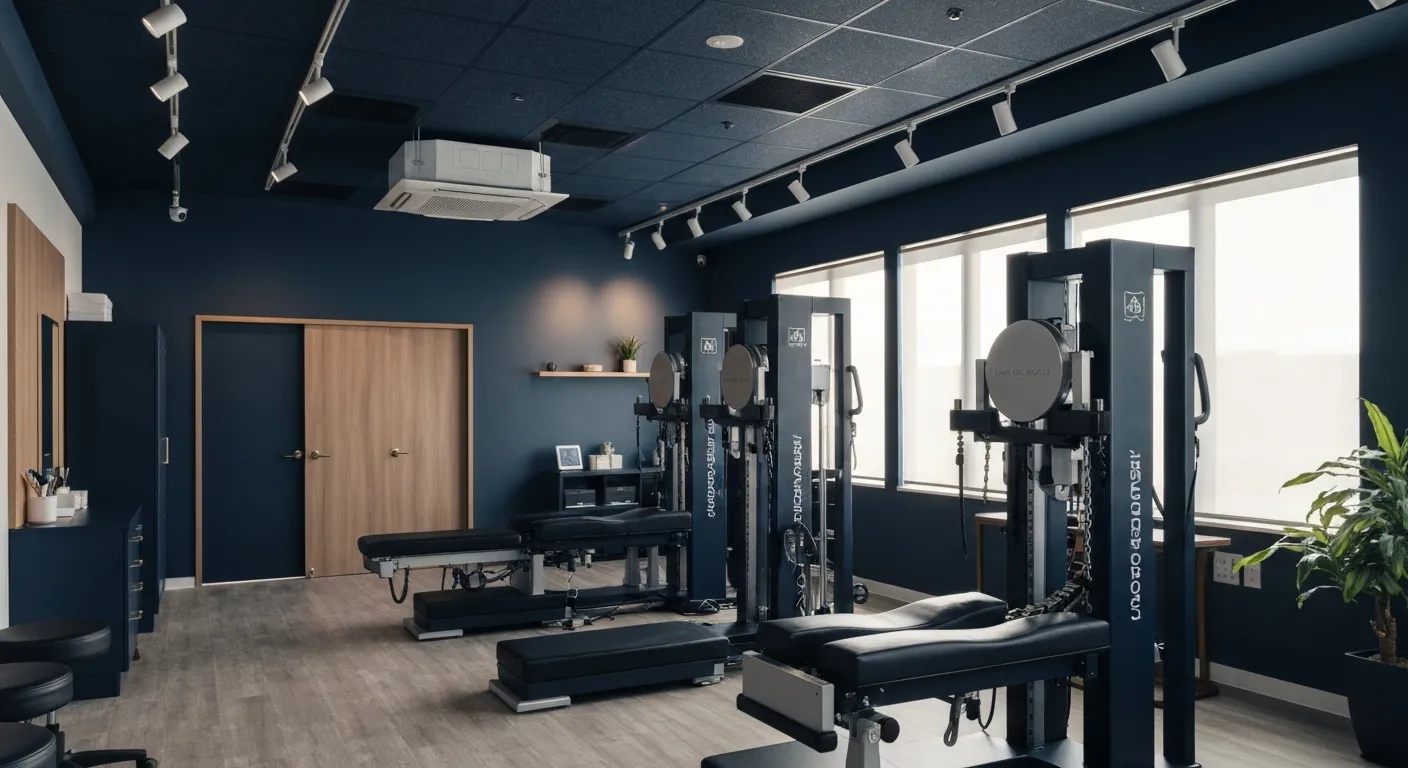
Sciatica Relief Through Targeted Spinal Decompression

Integrating Physiotherapy with Chiropractic Treatments for Better Results
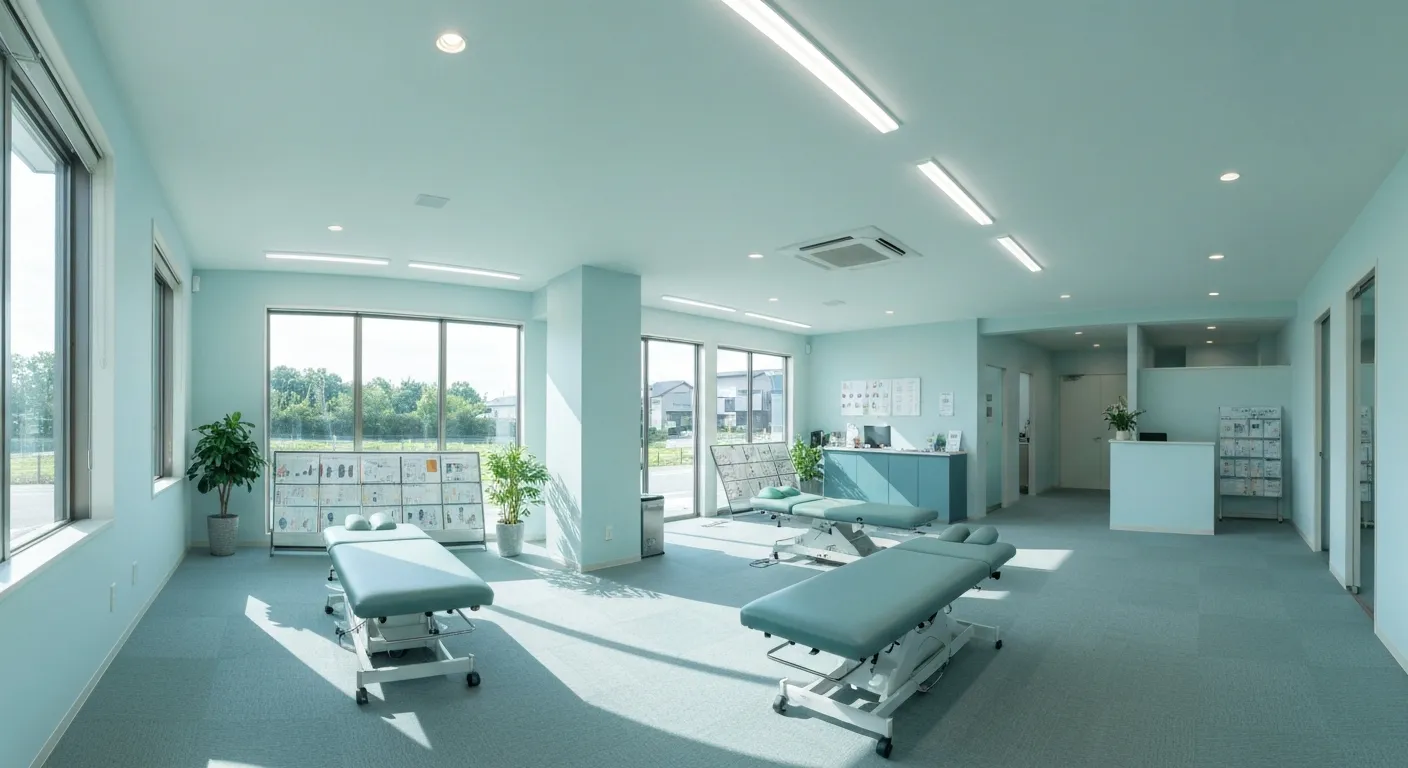
Testimonials That Demonstrate the Benefits of Chiropractic Care
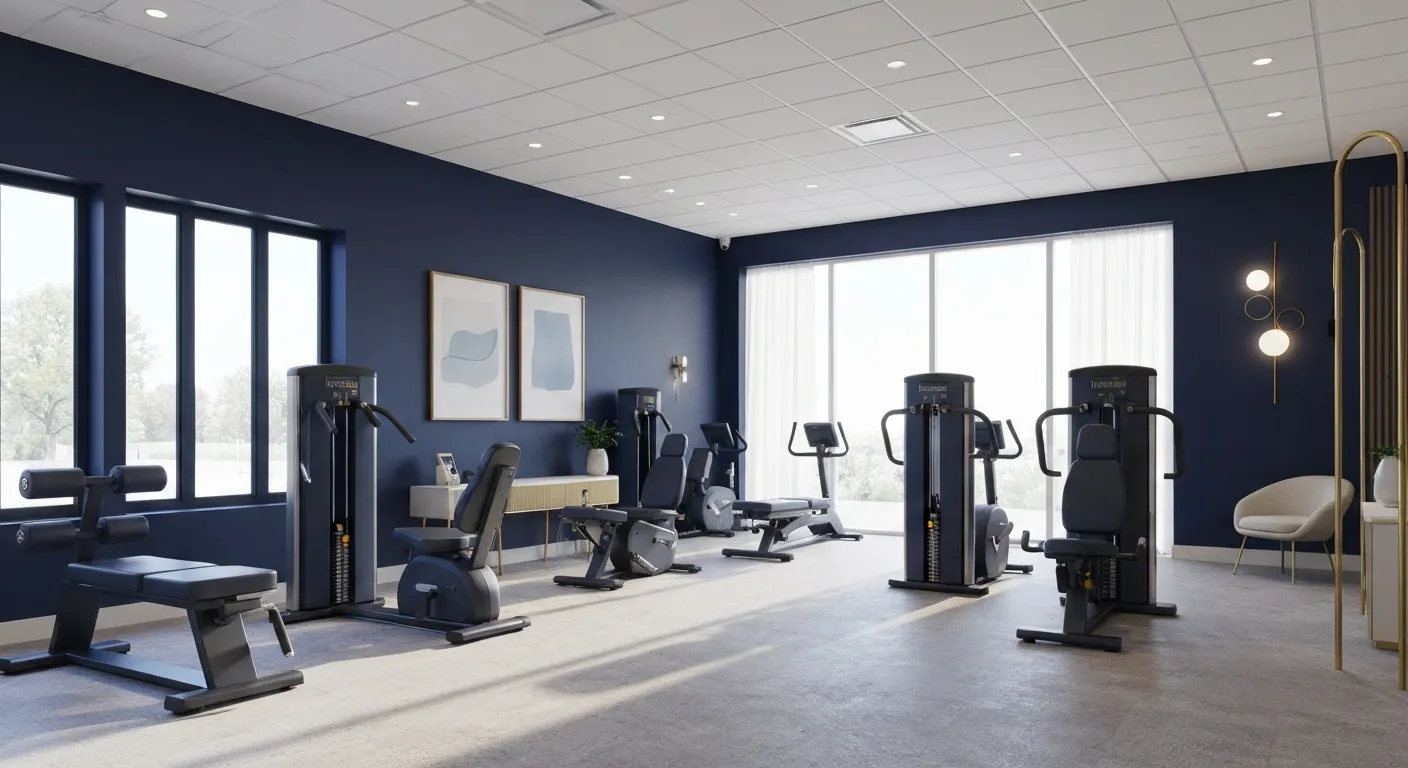
The Power of Corrective Exercises in Pain Management
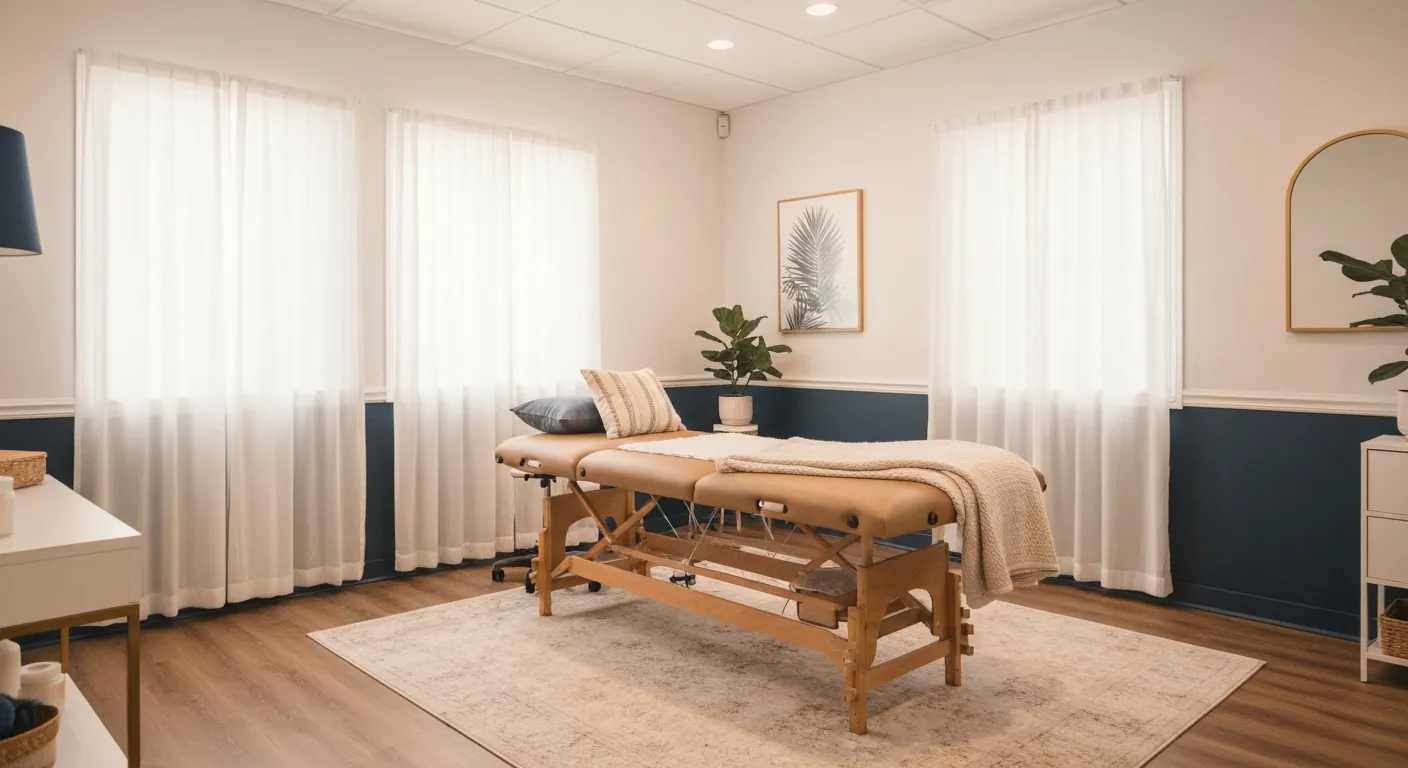
A Step-by-Step Guide to Your Initial Chiropractic Consultation

9 Nutritional Tips to Enhance Your Chiropractic Wellness Journey

Patient Experiences: How Chiropractic Care Changed Their Lives

Lifestyle Recommendations to Keep Your Spine in Top Shape

Effective Corrective Exercises for Long-Term Pain Relief

Back Pain Benefits: What Chiropractic Care Can Do for You
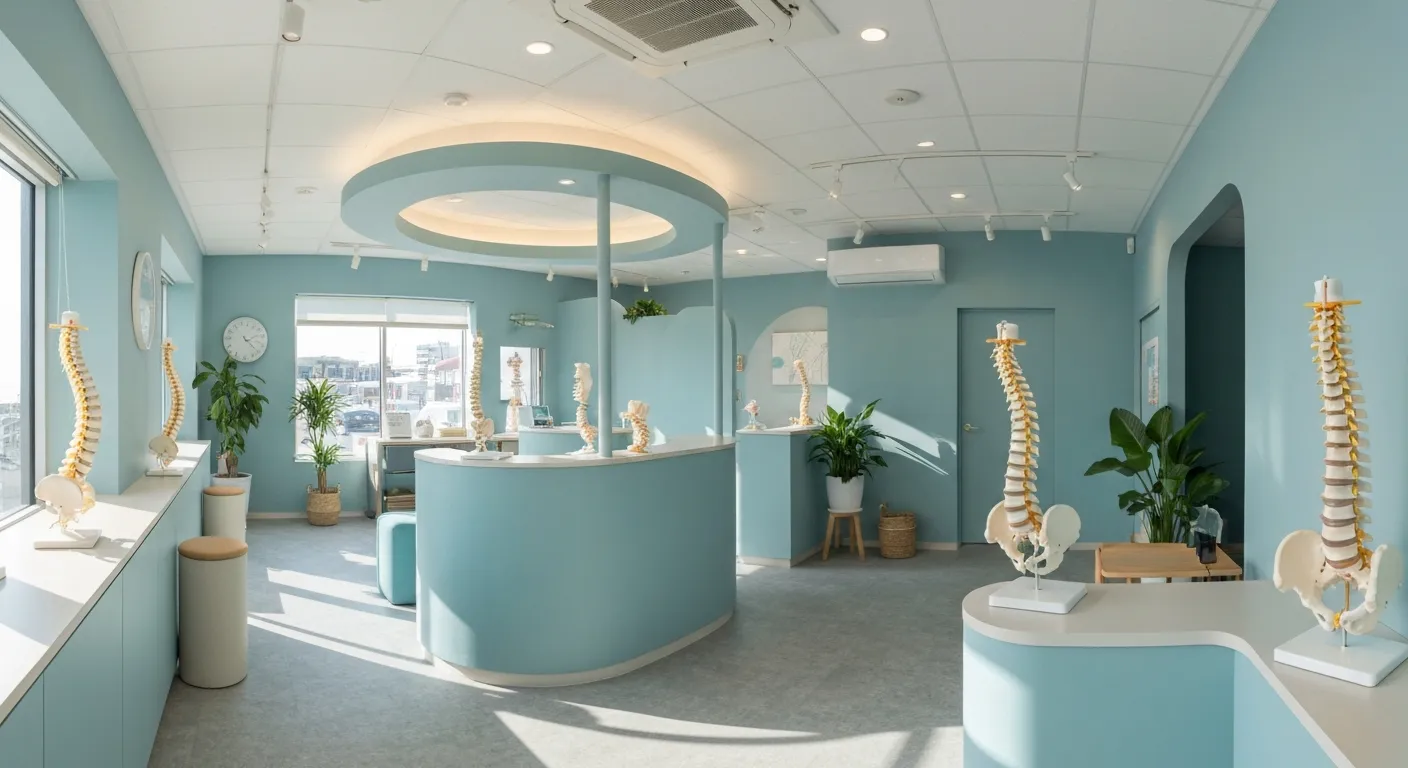
Spinal Decompression Techniques for Effective Sciatica Relief
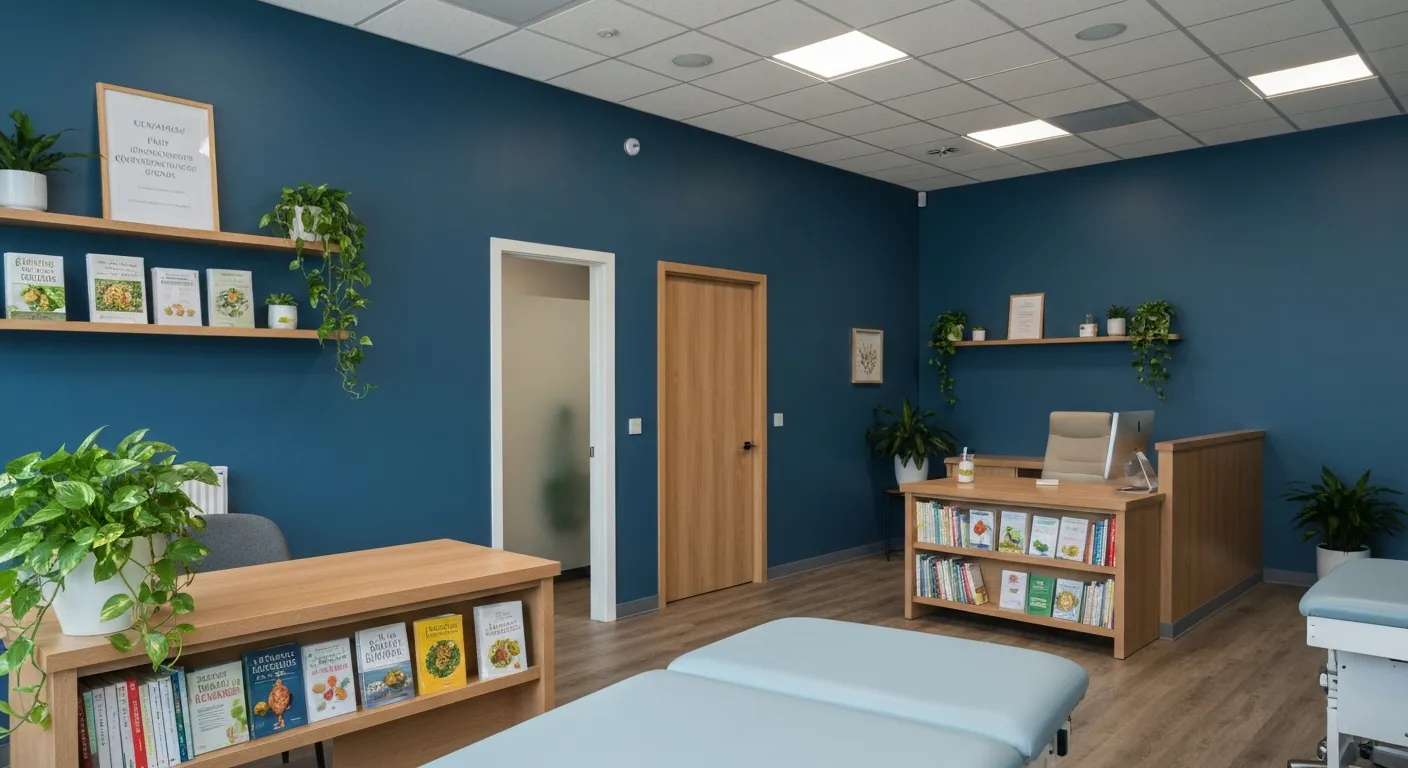
Top Nutritional Counseling Tips for Enhanced Wellness
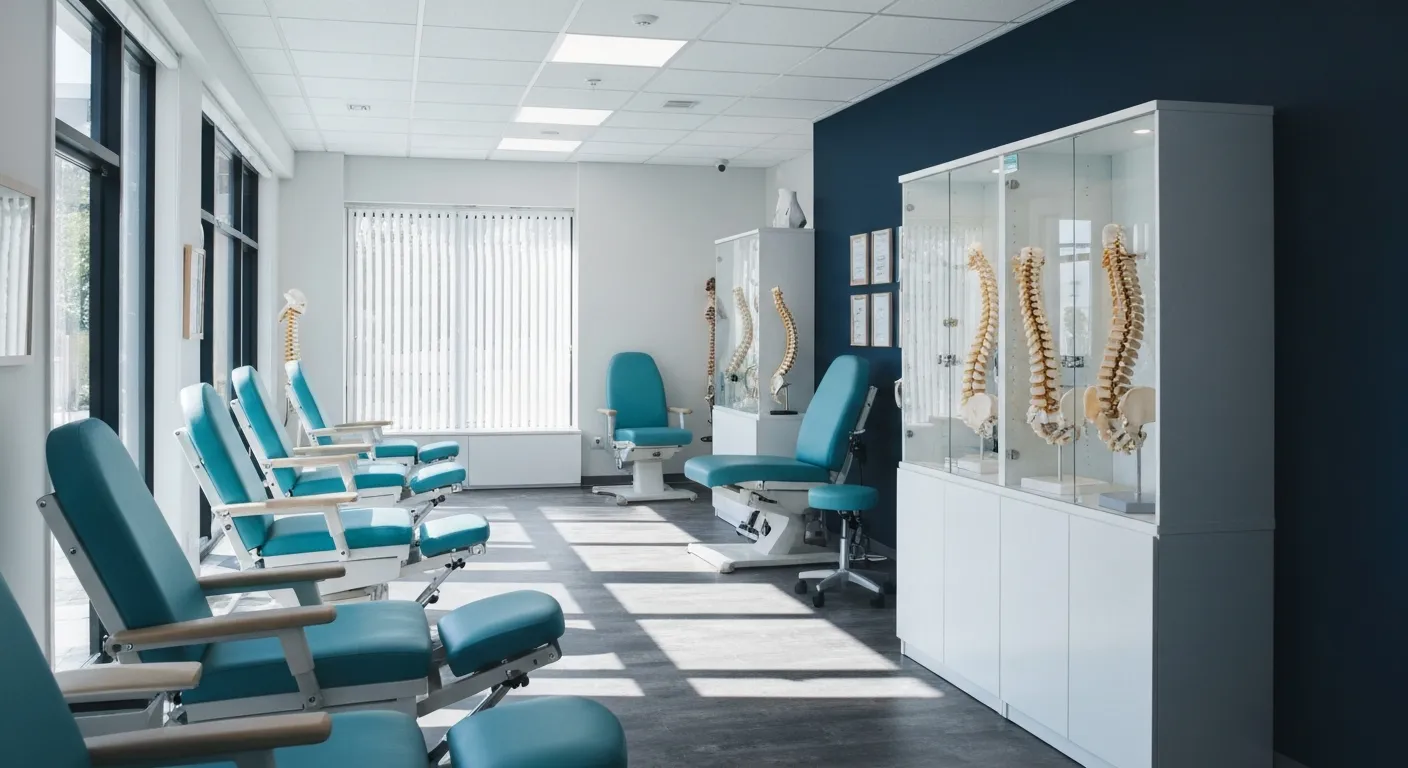
6 Lifestyle Habits That Boost Spine Health Daily

Discover Holistic and Non-Surgical Pain Relief Solutions

Exploring Holistic and Non-Surgical Treatment Options for Pain
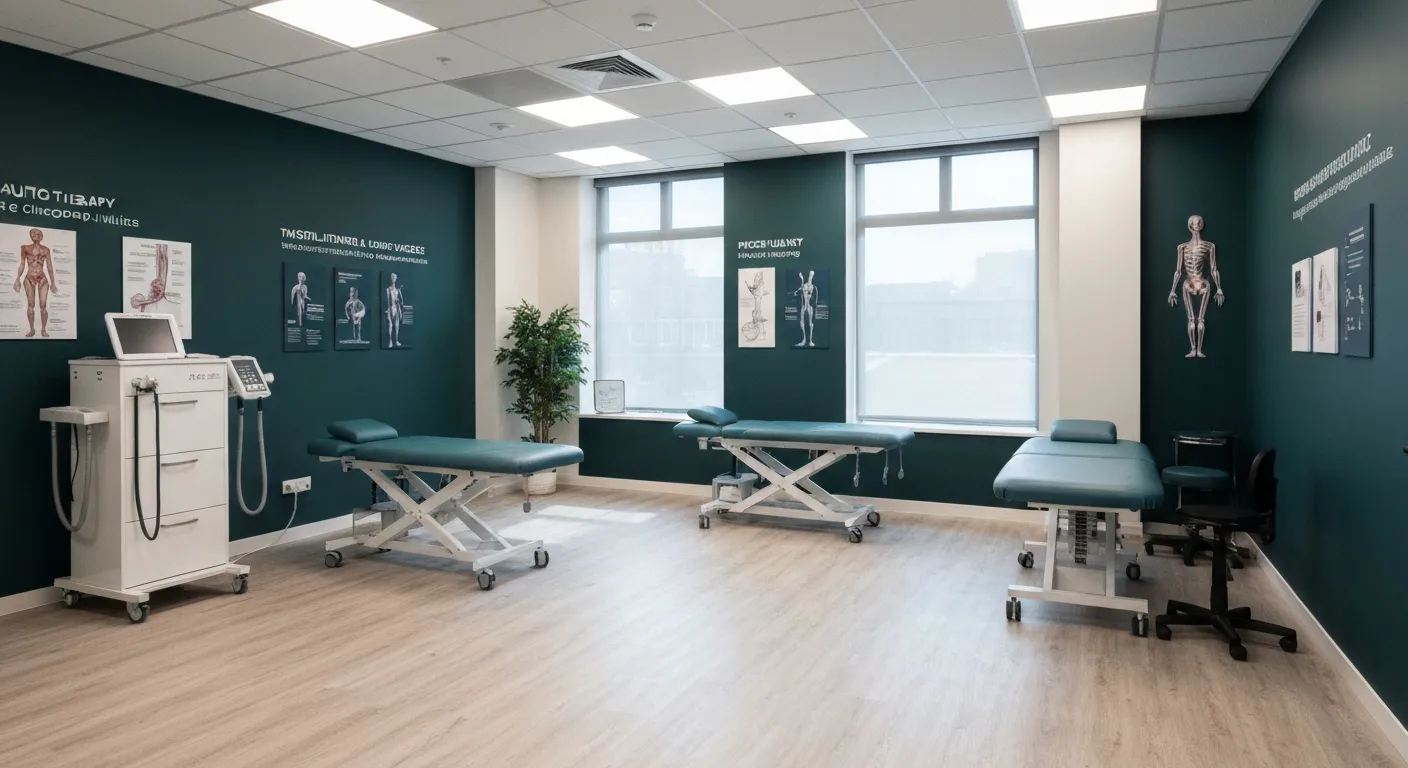
The Role of Physiotherapy in Enhancing Chiropractic Care Outcomes

Complementing Chiropractic Care with Physiotherapy: What You Need to Know
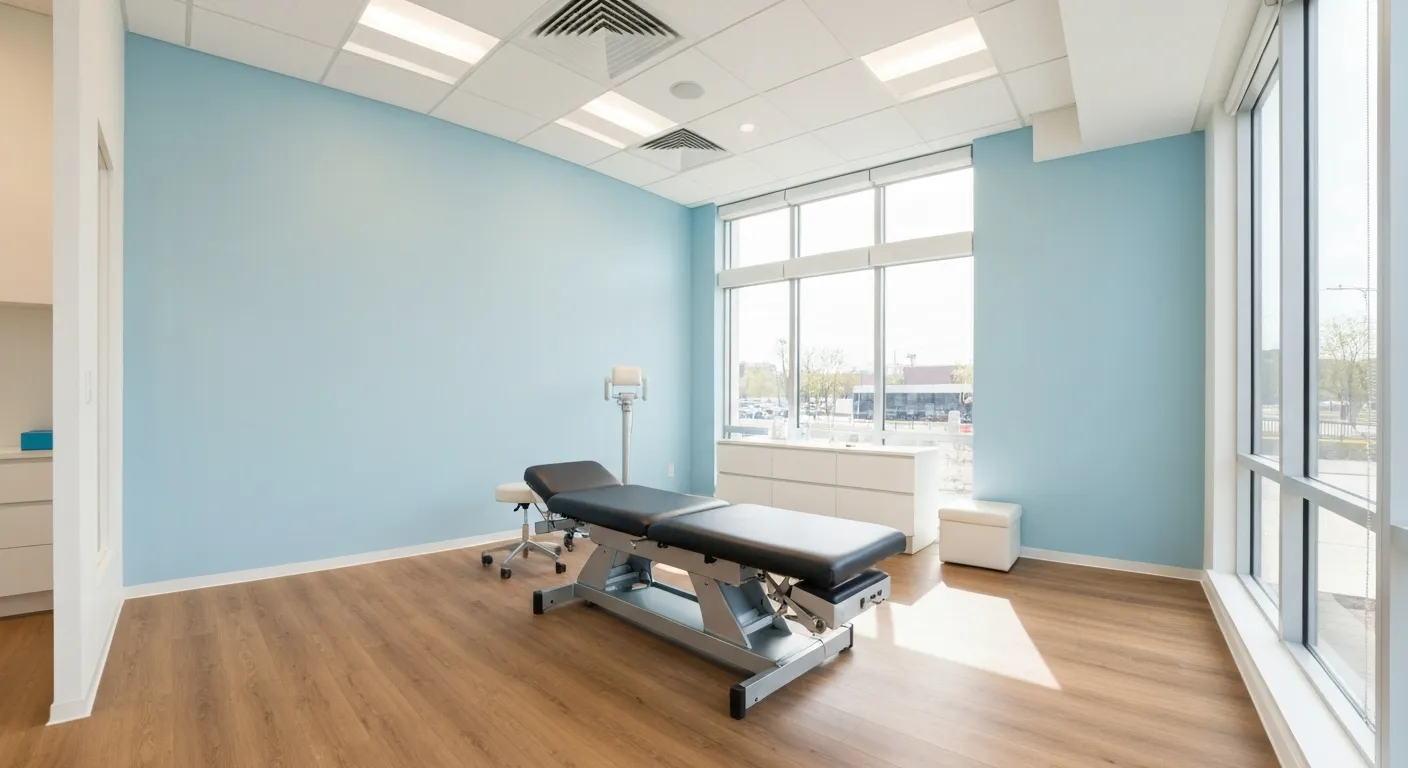
What to Expect During Your First Chiropractic Visit

Simple Lifestyle Adjustments to Maintain a Healthy Spine

Personalized Nutritional Counseling for Improved Health Outcomes

Exploring Non-Surgical Treatments for Spine-Related Conditions

An Introduction to Spinal Decompression for Sciatica Patients

Transformative Success Stories: Patient Experiences with Chiropractic Treatments

Why Chiropractic Care Is Essential for Back Pain Relief

Addressing Underlying Causes Versus Symptom Management in Pain Care

The Role of Nutrition in Enhancing Chiropractic Treatment Effectiveness

Sciatica Treatment Options: Is Spinal Decompression Right for You?

Lifestyle Tips to Maintain a Healthy Spine and Prevent Back Issues

The Synergy Between Physiotherapy and Chiropractic Treatments

What Happens During Your Initial Chiropractic Consultation

Effective Corrective Exercises for Sustainable Pain Management

Taking a Root Cause Approach to Chronic Pain Management

Holistic Pain Management Techniques Without Surgery

How Patient Success Stories Validate Chiropractic Care Benefits

Spinal Decompression: Innovative Treatment for Sciatic Nerve Pain

Spinal Decompression Therapy: A Non-Invasive Approach to Sciatica Relief

Exploring Holistic Approaches Beyond Surgery for Pain Relief

Practical Lifestyle Advice to Support a Healthy Spine Every Day

Corrective Exercise Routines Designed for Long-Term Pain Prevention

Real Patient Stories: Overcoming Chronic Pain with Chiropractic Care

Lifestyle Changes That Promote a Healthy Spine and Prevent Injury

How Addressing the Root Cause of Pain Leads to Lasting Relief

Non-Surgical Holistic Therapies to Manage Chronic Pain Effectively

Nutritional Counseling's Impact on Physical Health and Healing

Benefits of Regular Chiropractic Care for a Stronger Back

Your First Chiropractic Visit: What to Expect and How to Prepare

Patient Experiences: How Chiropractic Care Transformed Their Lives

Exploring Holistic, Non-Surgical Options for Pain Management

Combining Physiotherapy with Chiropractic Treatments for Enhanced Recovery

Holistic Treatments That Offer Alternatives to Surgery for Pain Relief

Corrective Exercise Strategies for Long-Term Spine Health

How Physiotherapy Complements Chiropractic Adjustments for Better Outcomes

First-Time Chiropractic Visitors: What You Should Know

Understanding the Importance of Treating Pain at Its Source

Adopting Lifestyle Changes to Support Your Spine's Wellness

Utilizing Physiotherapy to Enhance Chiropractic Treatment Outcomes

The Key Advantages of Chiropractic Care for Back Pain Sufferers

Why Focusing on Root Causes Improves Pain Treatment Success

Corrective Exercises That Promote Lasting Pain Relief and Mobility

Sciatica Relief Through Targeted Spinal Decompression Techniques

Preparing for Your First Chiropractic Appointment with Confidence

Healthy Lifestyle Habits for Maintaining Spinal Alignment

Success Stories Highlighting Chiropractic's Role in Pain Recovery

Top Benefits of Chiropractic Care for Chronic Back Pain

Nutrition Tips to Boost Your Overall Wellness and Recovery

How Chiropractic Care Alleviates Back Pain Naturally

How Nutritional Counseling Supports Overall Wellness and Spine Health

Step-by-Step Guide to Your First Visit with a Chiropractor

Using Nutrition to Support Chiropractic and Overall Wellness

Integrating Physiotherapy in Your Chiropractic Healing Journey

How Physiotherapy Complements Chiropractic Adjustments for Faster Healing

Lifestyle Tips for Maintaining a Healthy Spine and Preventing Back Pain

Heartwarming Patient Testimonials Highlighting Chiropractic Success

How Proper Nutrition Supports Chiropractic and Physiotherapy Treatments

Combining Physiotherapy and Chiropractic Treatments for Optimal Recovery

Why Chiropractic Treatments Are Effective for Managing Back Pain

Choosing a Chiropractor: Tips for Finding a Trusted Provider

Integrating Physiotherapy and Chiropractic: Benefits and What to Expect

How Tailored Corrective Exercises Can Aid in Pain Management

Chiropractic Care: A Proven Solution for Alleviating Back Pain

What to Expect at Your First Chiropractic Visit: A Comprehensive Guide

The Importance of Root Cause Analysis in Effective Pain Management

The Role of Corrective Exercises in Sustaining Pain-Free Living

Combining Chiropractic and Physiotherapy for Comprehensive Pain Relief

How Addressing Underlying Causes Improves Pain Treatment Effectiveness

Maintaining Spinal Health Through Lifestyle Changes and Preventive Care

Understanding the Benefits of Chiropractic Adjustments for Back Pain Sufferers

Spinal Decompression Therapy: A New Hope for Sciatica Relief

Lifestyle Recommendations to Support a Healthy Spine and Reduce Pain
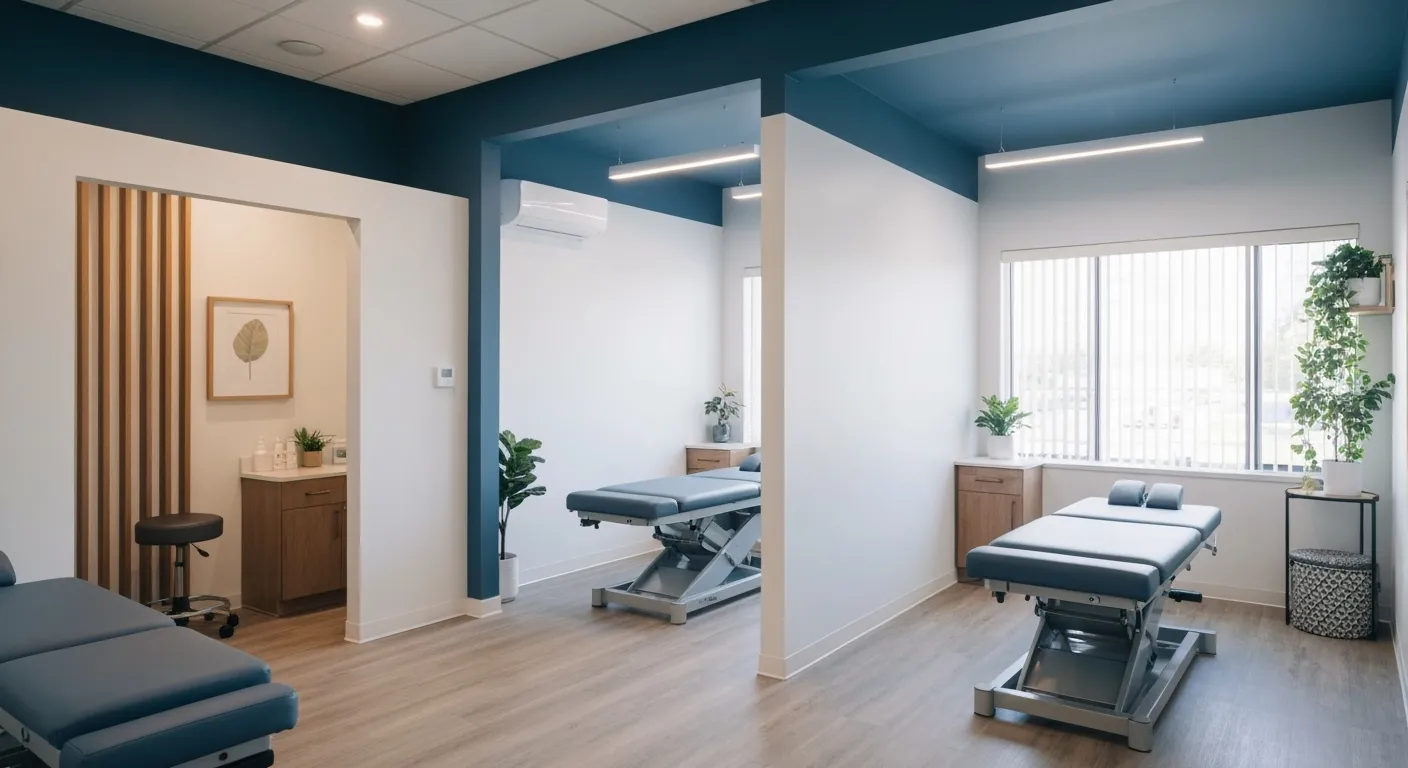
Choosing the Right Chiropractor: Key Factors to Consider Before Your First Appointment
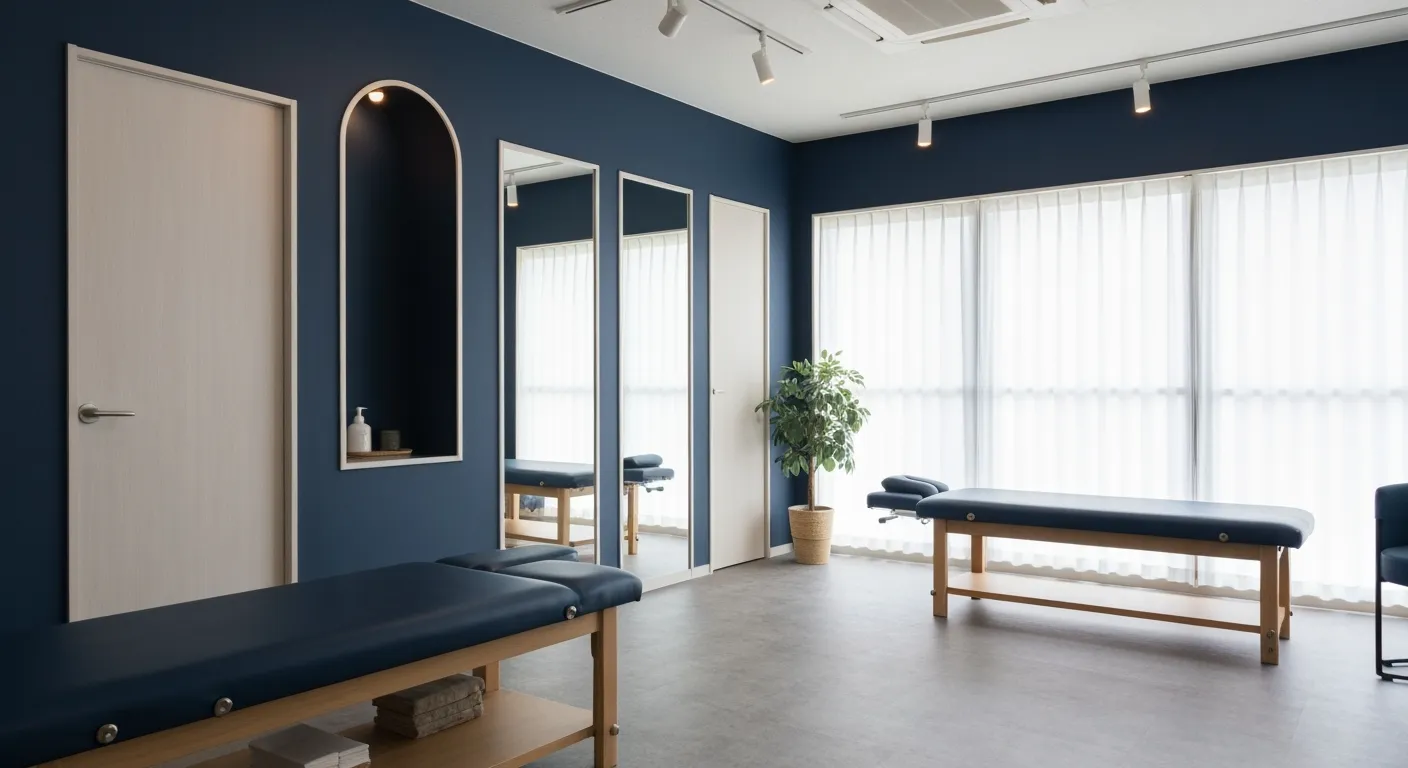
Non-Invasive Treatment Alternatives: A Holistic Approach to Pain Relief
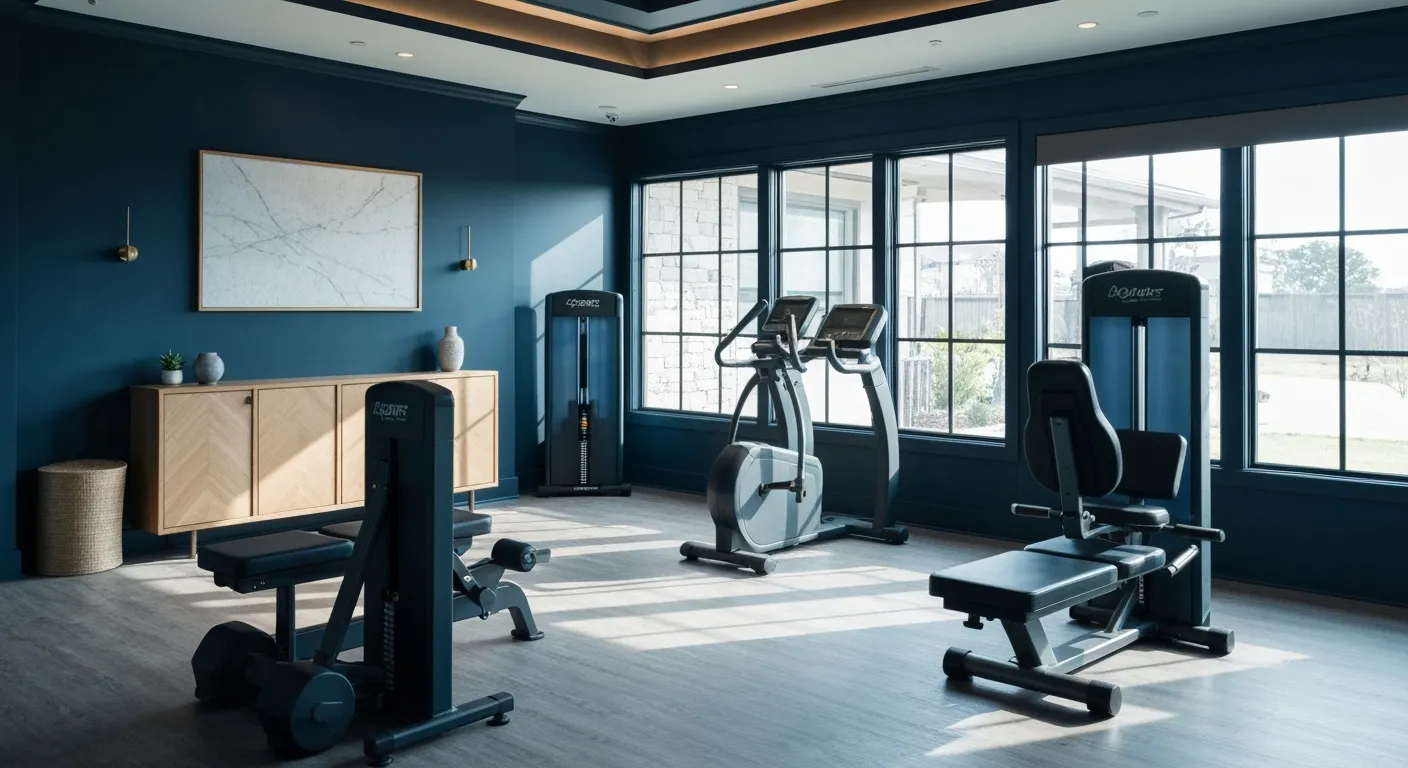
Corrective Exercises to Support Long-Term Relief from Chronic Pain

Exploring Non-Surgical Approaches to Spine Health and Wellness

Tips for Daily Habits That Keep Your Spine Strong

Success Stories: How Chiropractic Treatments Changed Lives

Why Focusing on the Root Cause of Pain Leads to Better Outcomes
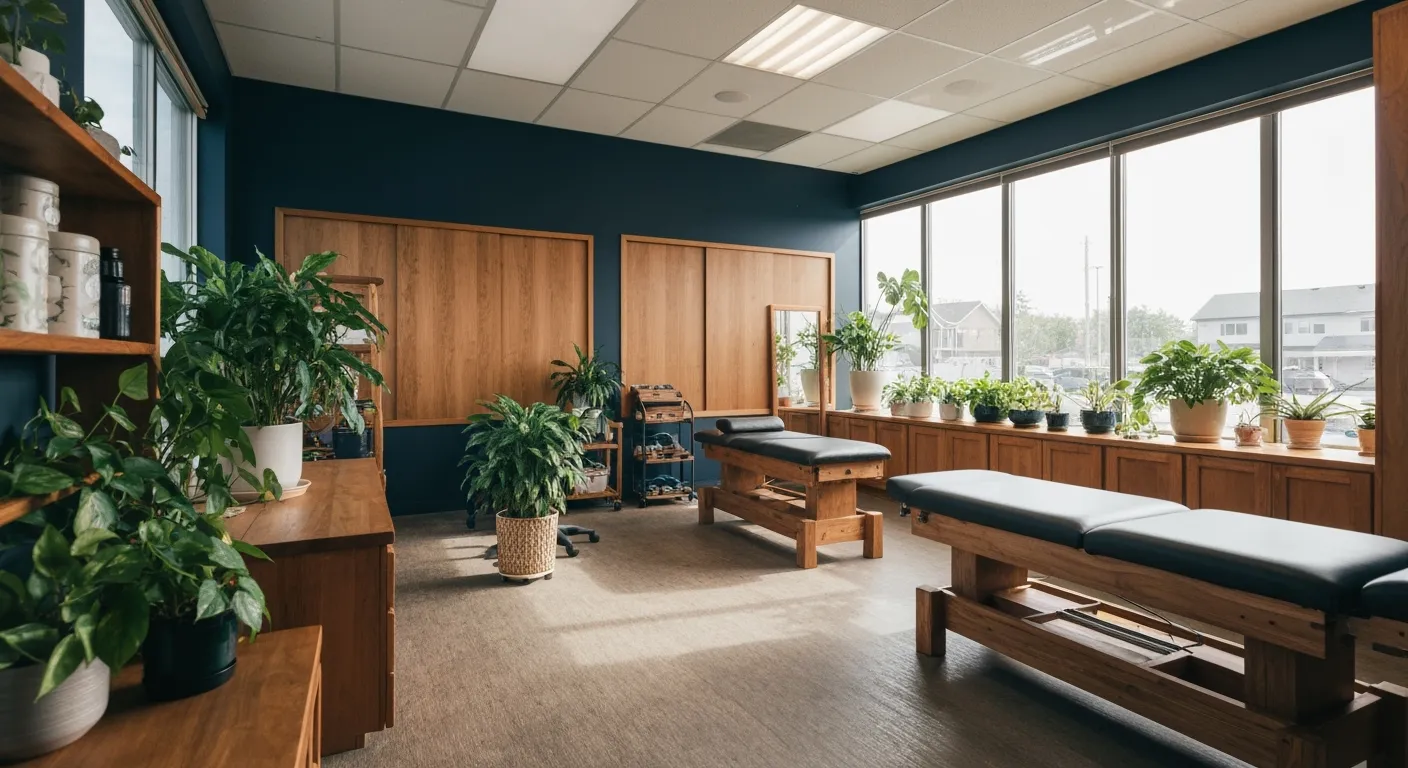
Nutritional Counseling and Its Impact on Overall Wellness and Recovery
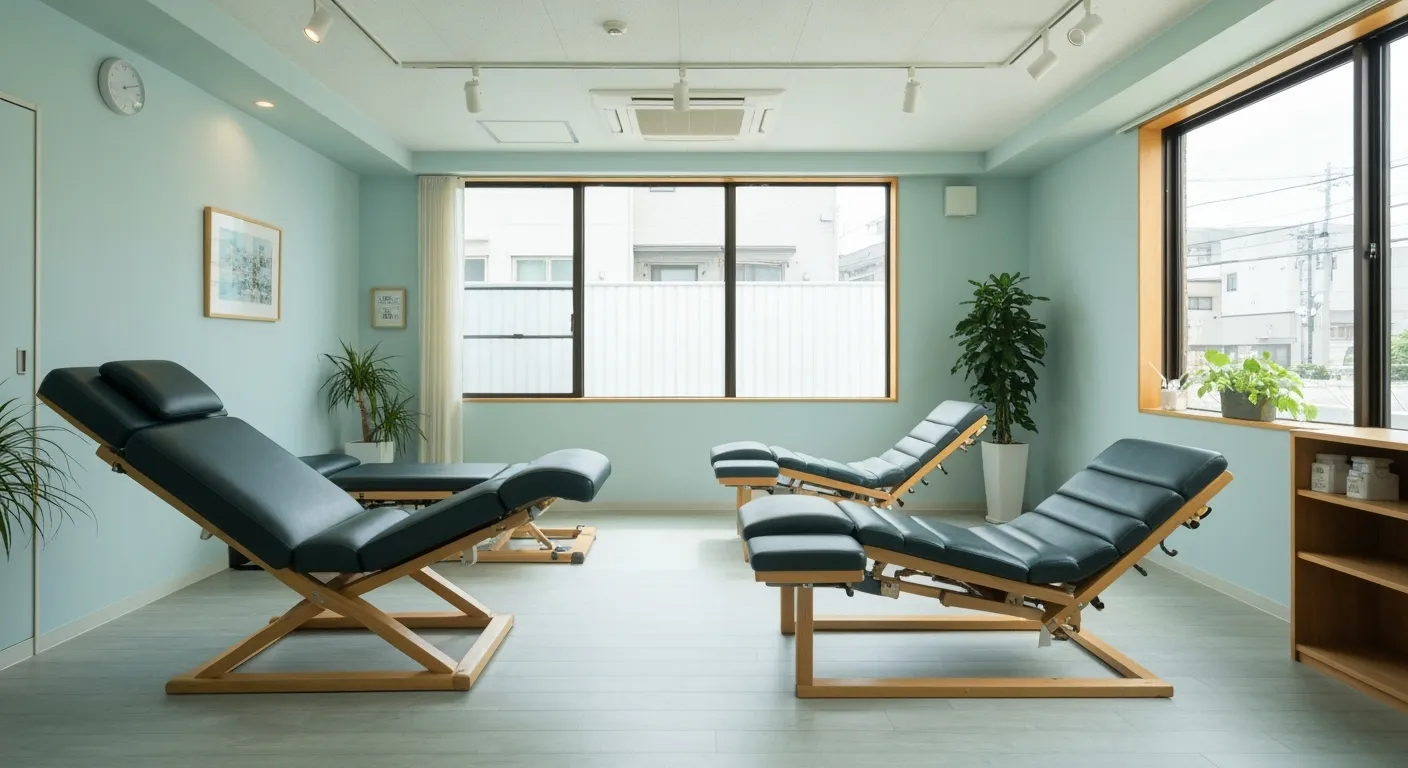
Patient Testimonials That Showcase the Power of Chiropractic Care

Preparing for Your First Chiropractic Appointment: What You Need to Know
